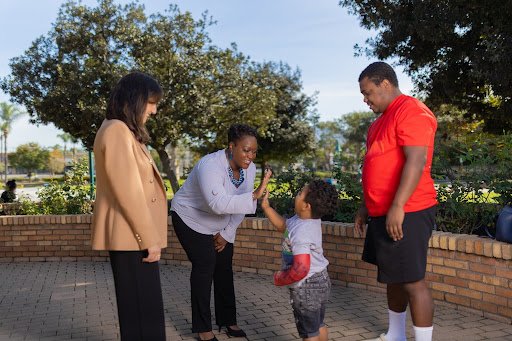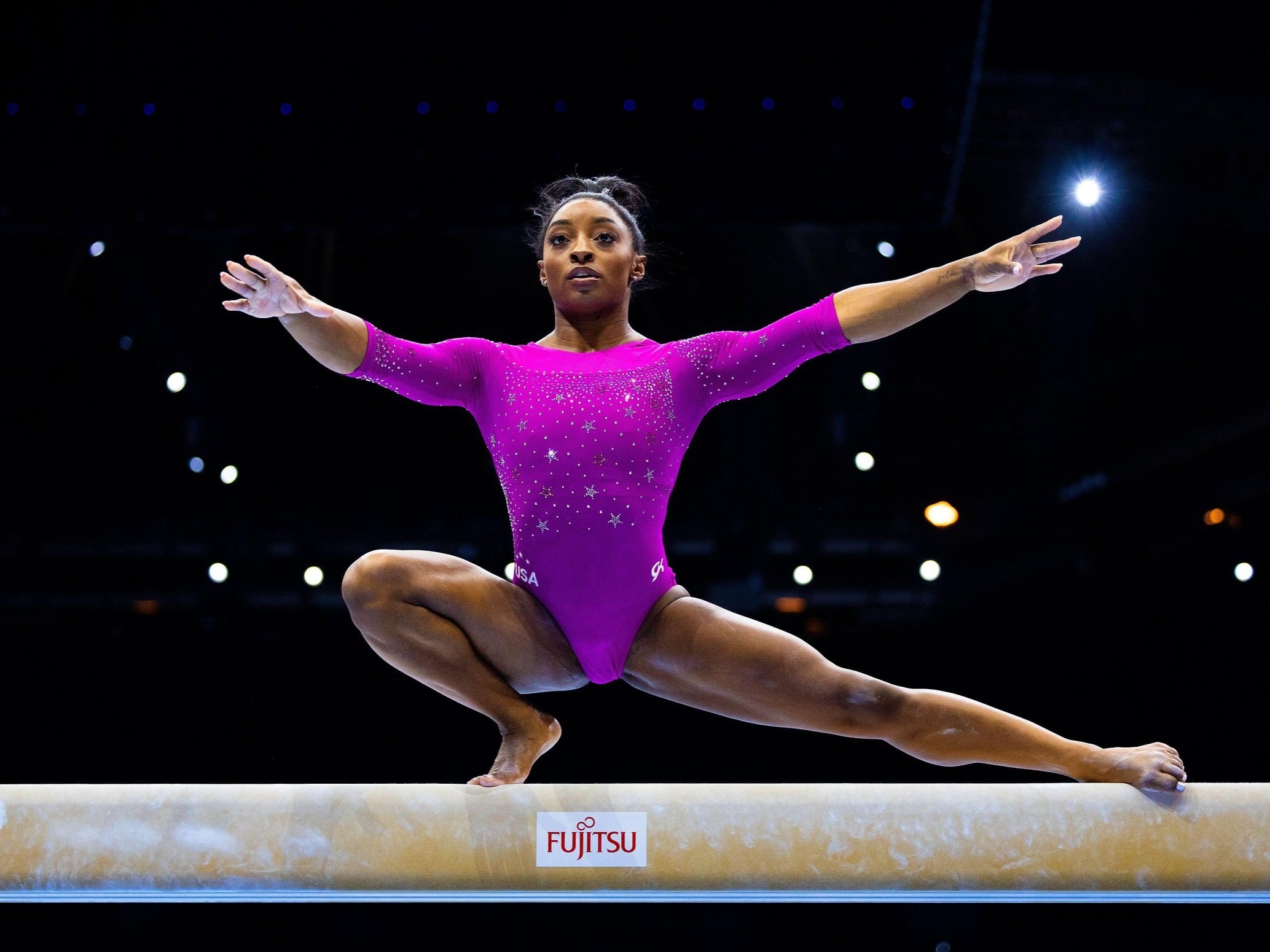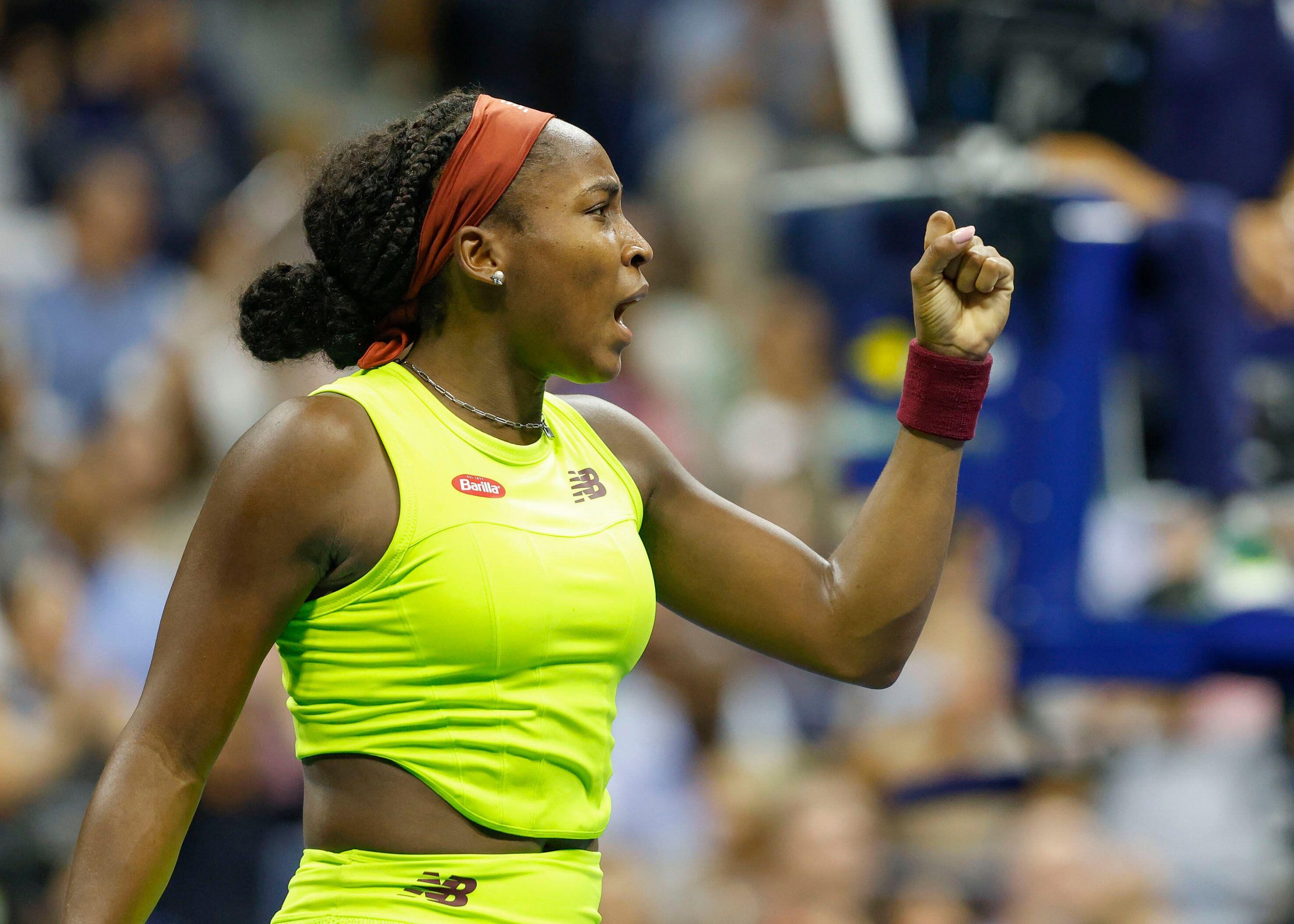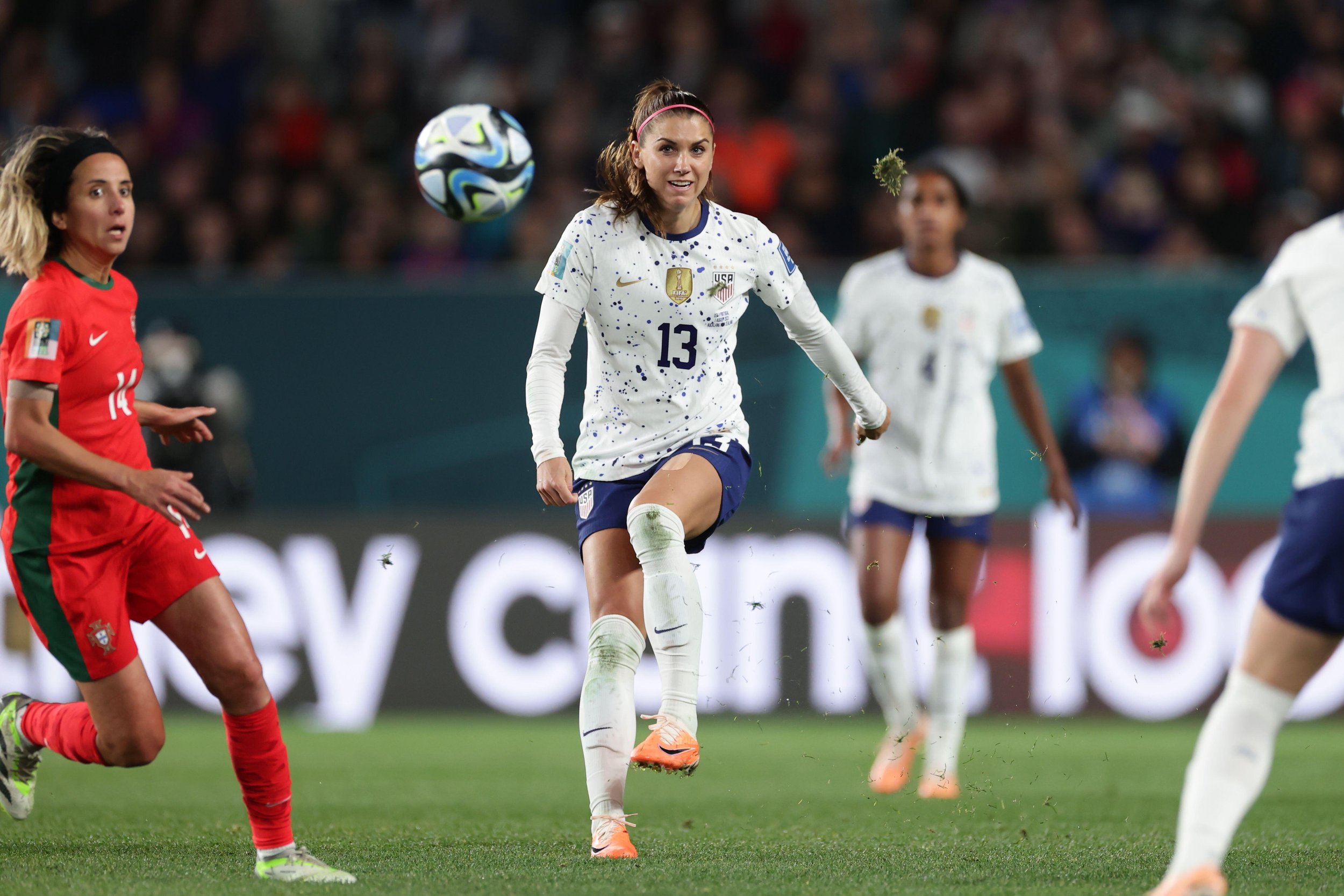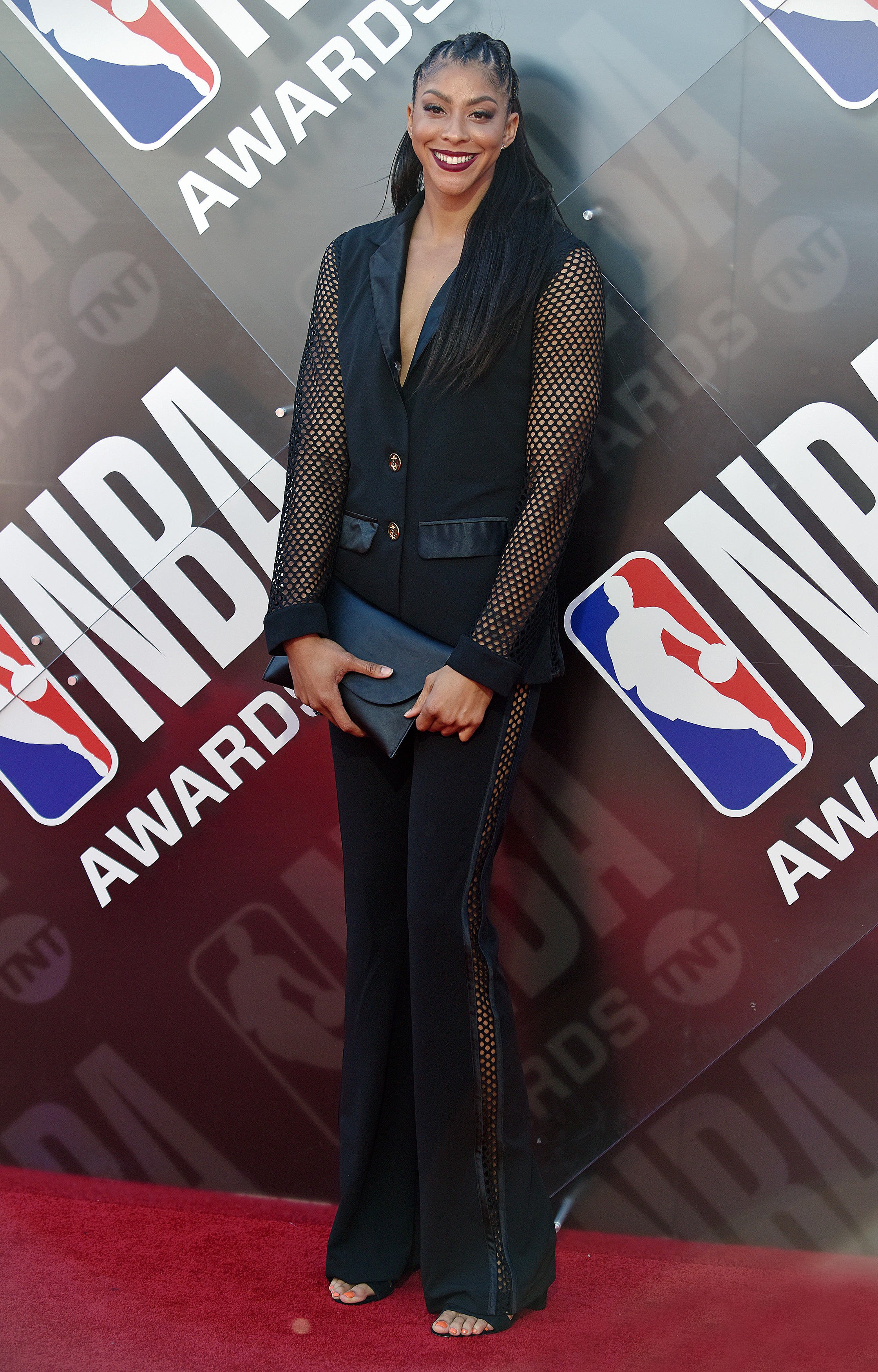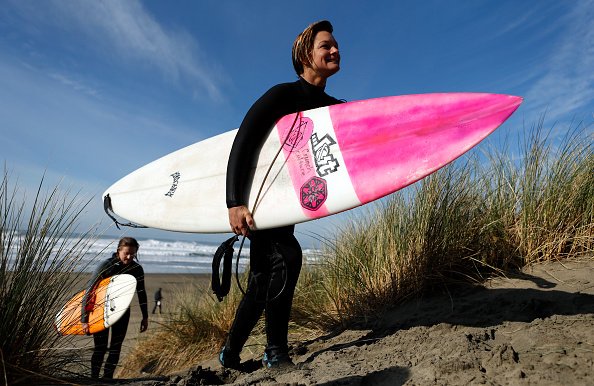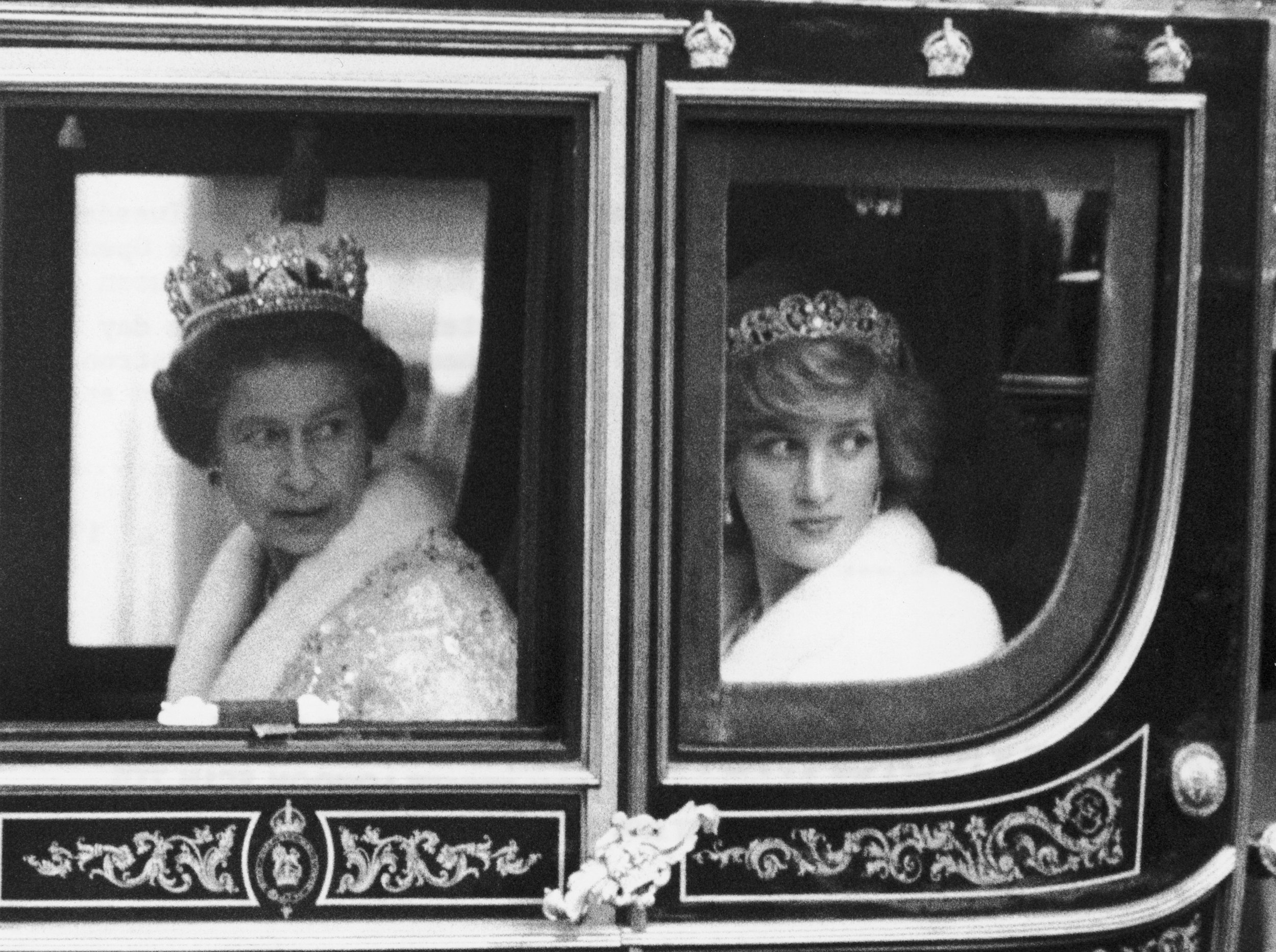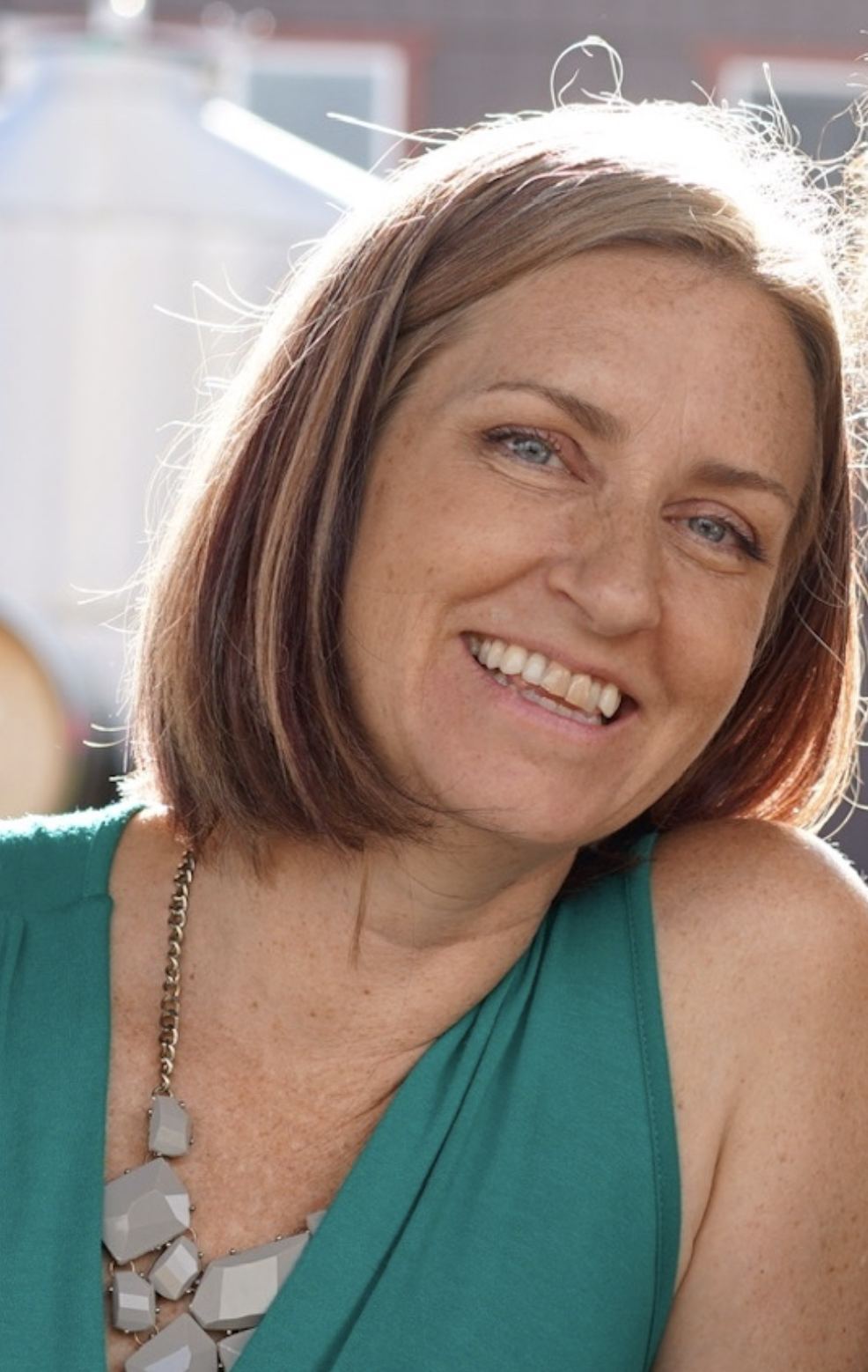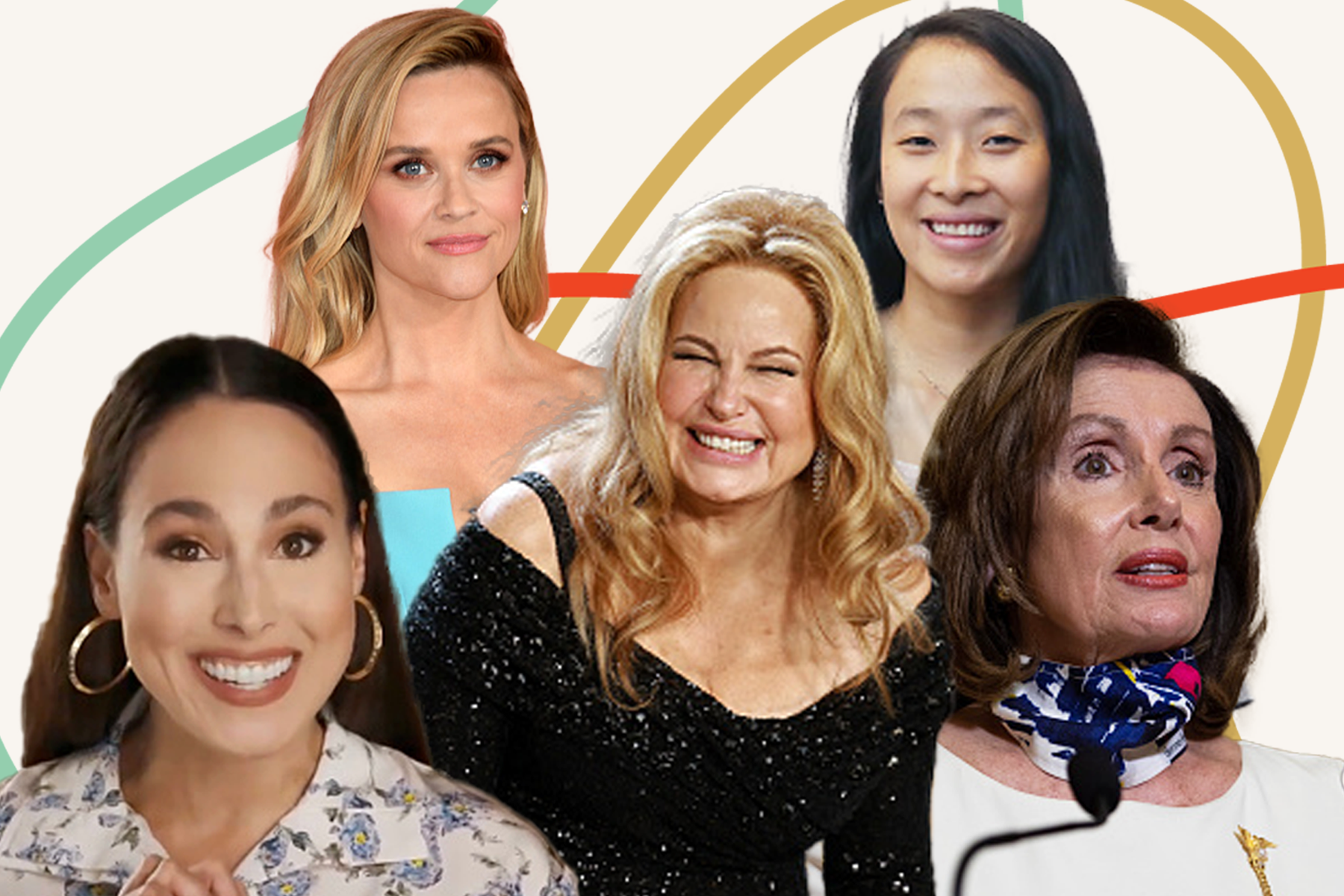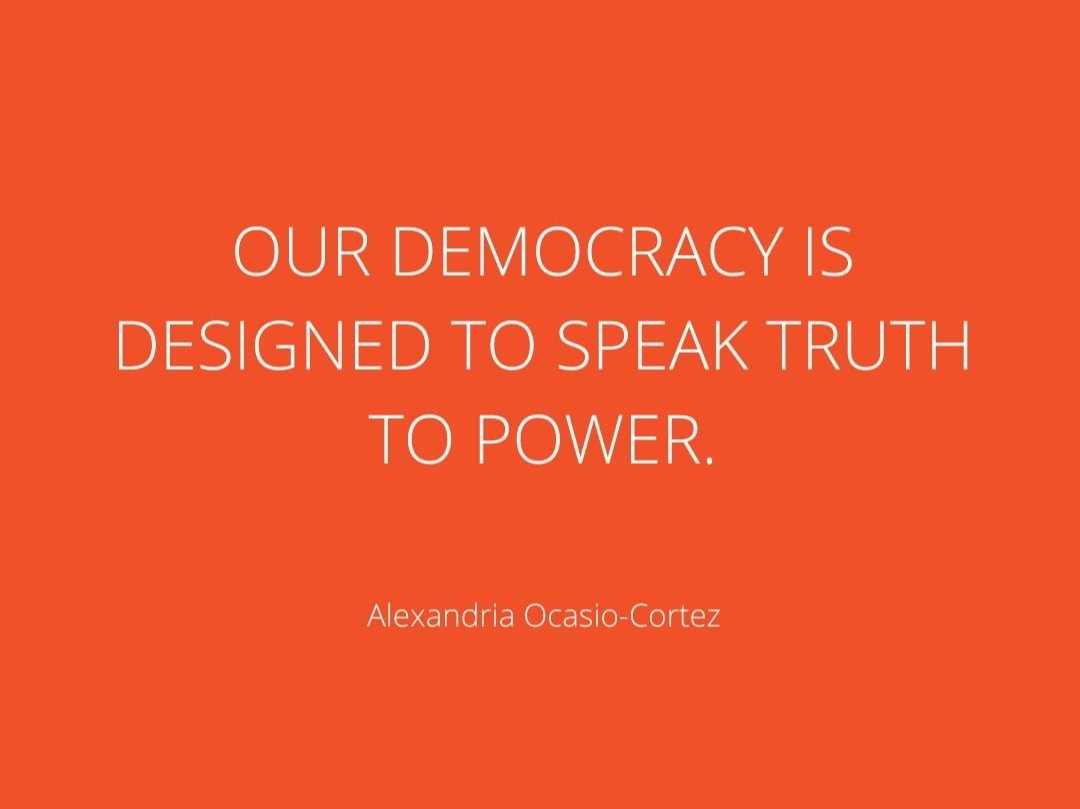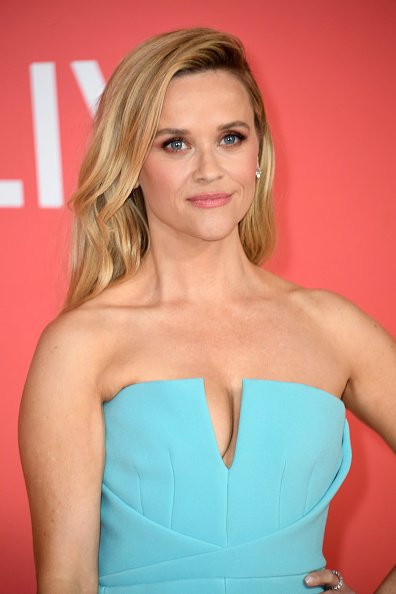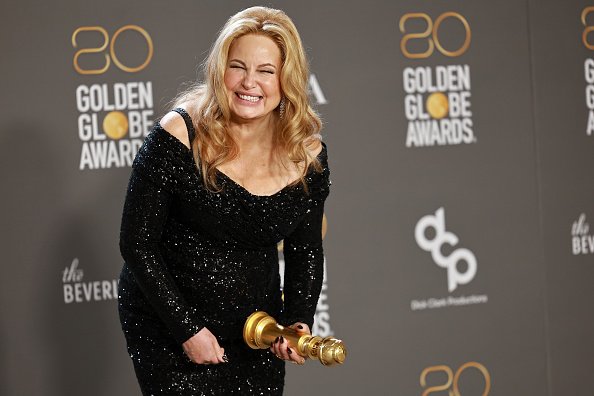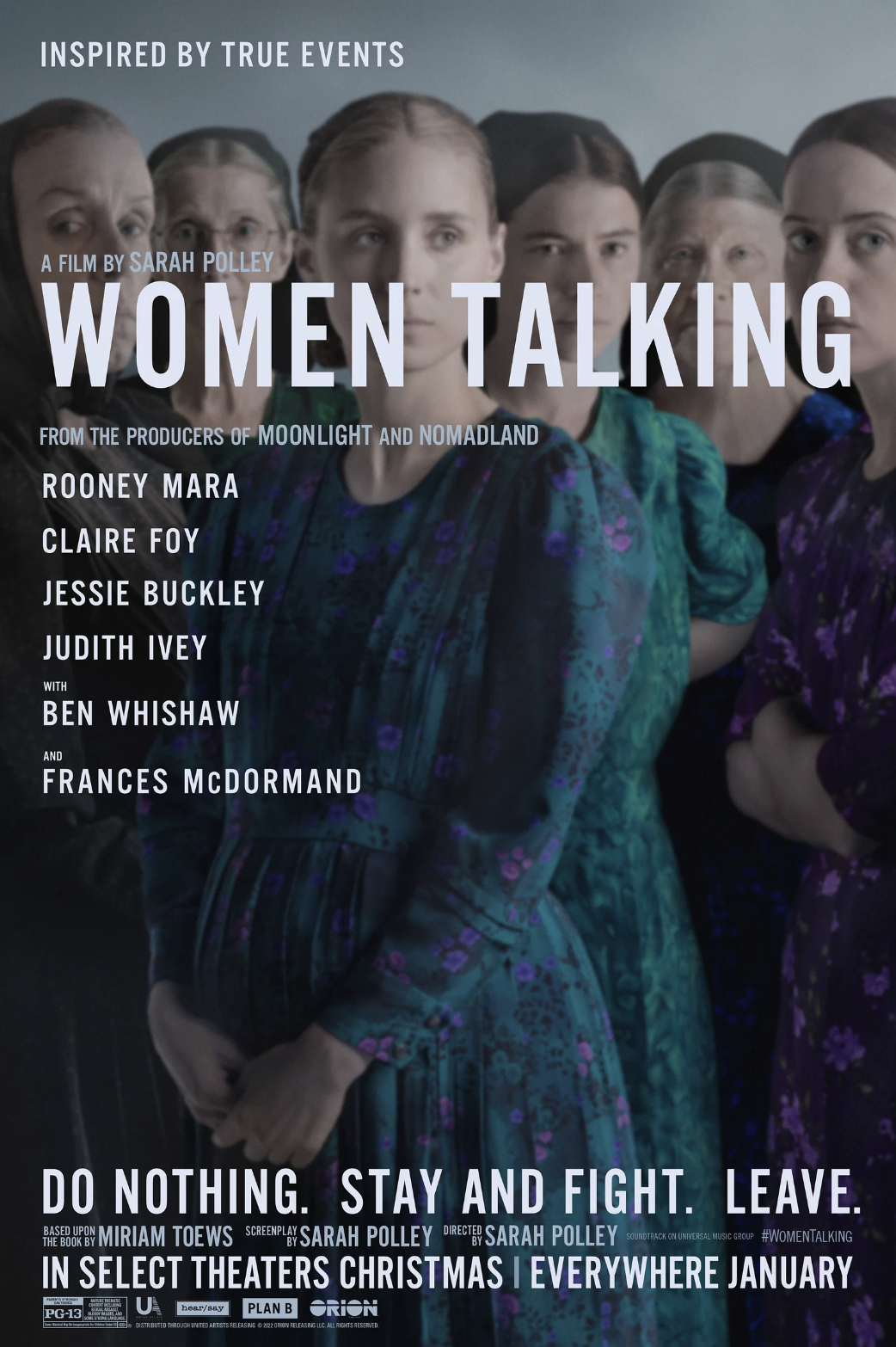By Ariel Neidermeier
Approaching the 2024 election, it's crucial to remember that every vote has the power to shape policies, influence leadership, and create meaningful change in our communities.
Gender parity and the equal representation and participation of women and men in all areas of life are fundamental to achieving true equality and social progress. California has made significant strides towards gender parity in politics, but there's still work to be done. As of 2024, the state is just 10 seats away from achieving gender parity in its legislature. This progress is encouraging, but it underscores the ongoing need for voters to support qualified women candidates and push for greater representation.
Californians are also poised to elect a record number of women – a strong majority of Democratic women of color – to the State Senate, all but guaranteeing at least a 53% female Senate majority when the new legislature is sworn into office in December. This will mark the first time in California history that a state legislative body will achieve gender parity.
In the effort to empower women to create change in local communities, Seismic Sisters has compiled a cheat sheet that highlights notable women candidates running for office in the upcoming election. This is not an endorsement of candidates and not a complete list. Rather, it’s intended to be informational, highlighting interesting races and unique women leaders making news in California.
Key Election Information
General Election Date: November 5, 2024
Vote-by-mail ballots will be sent out in early October
Check your registration status and find your polling place at your county elections office website
California State Senate Candidates
Lisa Middleton served as Mayor of Palm Springs from 2021 to 2022. A member of the Democratic Party, Middleton has served on the Palm Springs City Council since 2017, and is the first openly transgender person elected in California for a non-judicial position.
Lisa Middleton - California State Senate, 19th District (Democrat)
Lisa Middleton is a trailblazing politician and civil rights advocate running for the 19th Senate District. If elected, she would make history as the first openly transgender member of the California State Legislature.
Career Highlights
First openly transgender person elected to a non-judicial position in California (Palm Springs City Council, 2017)
Served as Mayor of Palm Springs (2021-2022)
Board member of the Equality California Institute
Key Platform Issues
LGBTQ+ rights and equality
Climate change mitigation and adaptation
Affordable housing and homelessness solutions
Healthcare access and affordability
Economic development and job creation in the Coachella Valley
Historic Potential
Would become the first transgender member of the California State Legislature
U.S. Congressional Candidates
U.S. Congressional candidate Lateefah Simon speaks on stage during the third day of the Democratic National Convention on August 21, 2024 in Chicago, Illinois. Delegates, politicians, and Democratic Party supporters were in Chicago for the convention, concluding with current Vice President Kamala Harris accepting her party's presidential nomination. The DNC took place from August 19-22, 2024. (Photo by Kevin Dietsch/Getty Images)
Lateefah Simon - U.S. House of Representatives, California's 12th District (Democrat)
A dynamo in Bay Area politics, candidate Lateefah Simon has been breaking barriers since her teens. At 19, she became the youngest woman to receive a MacArthur "Genius" Fellowship for her work with at-risk youth. Her journey from grassroots organizer to BART Board Director showcases her commitment to accessible public transportation and social justice. Born legally blind, Simon has never driven a car and relies entirely on public transit, giving her a unique perspective on the importance of accessible transportation.
Background
Civil rights advocate, nonprofit foundation president, and BART Board Director
Running to replace outgoing Congressmember Barbara Lee
Key platform issues
Addressing homelessness
Ending community and police violence
Improving education
Fighting for disability rights
Endorsements
California Democratic Party
Governor Gavin Newsom
Senators Alex Padilla and Laphonza Butler
Opponent: Jennifer Tran (Democrat)
Michelle Steel - U.S. House of Representatives, California's 45th District (Republican)
Michelle Steel is a Korean-American politician and businesswoman currently serving as the U.S. Representative for California's 45th congressional district, and is running for reelection as the incumbent.
Career Highlights
Elected to the U.S. House of Representatives in 2020
Served on the California State Board of Equalization from 2007 to 2015
Former Orange County Supervisor (2015-2021)
Key Platform Issues
Tax reform and fiscal responsibility
Supporting small businesses
Strengthening national security
Advocating for school choice and education reform
Promoting U.S. energy independence
Dr. Jennifer Tran - U.S. House of Representatives, California's 12th District (Democrat)
Dr. Jennifer Tran is a healthcare professional and community advocate running for the U.S. House of Representatives in California's 12th Congressional District.
Background
Medical doctor with experience in public health
Community organizer and healthcare advocate
Key Platform Issues
Expanding access to affordable healthcare
Addressing climate change and environmental justice
Promoting economic equity and job creation
Improving public education and reducing student debt
Supporting immigrant rights and comprehensive immigration reform
Race Status
Running against Lateefah Simon (see above)
Emphasizes her healthcare background as a unique asset in Congress
Jessica Morse - U.S. House of Representatives, California's 3rd District (Democrat)
Jessica Morse is a national security strategist and former diplomat running for Congress in California's 3rd Congressional District.
Career Highlights
Worked for the U.S. State Department, USAID, and Department of Defense
Ran for Congress in 2018, narrowly losing in a traditionally Republican district
Key Platform Issues
Wildfire prevention and forest management
Rural economic development and job creation
Expanding access to healthcare in rural areas
Protecting public lands and addressing climate change
Supporting veterans and military families
Race Status
Running in a competitive district that has traditionally leaned Republican
Emphasizes her national security experience and understanding of rural issues
California State Assembly Candidates
Jessica Caloza attends CAPE's Radiance Gala Celebrating API Women & Non-Binary Achievement in Entertainment at Wilshire Ebell Theatre on March 11, 2024 in Los Angeles, California. (Photo by Rodin Eckenroth/Getty Images for CAPE (Coalition of Asian Pacifics in Entertainment)).
Jessica Caloza - California State Assembly, 52nd District (Democrat)
Jessica Caloza is a dedicated public servant and community leader running for the 52nd Assembly District. If elected, she would make history as the first Filipina-American to serve in the California State Legislature.
Career Highlights
Served on the Los Angeles Board of Public Works
Former Director of Scheduling for Los Angeles Mayor Eric Garcetti
Worked in the Obama Administration's White House Initiative on Asian Americans and Pacific Islanders
Key Platform Issues
Affordable housing and homelessness solutions
Environmental protection and climate action
Supporting small businesses and job creation
Improving public education and expanding early childhood education
Advocating for immigrant rights and social justice
Historic Potential
Would become the first Filipina-American to serve in the California State Legislature
LaShae Sharp-Collins is running for election to the California State Assembly to represent District 79, to represent San Diego. Photo courtesy of lashaeforassembly.com.
Dr. LaShae Sharp-Collins - California State Assembly, 79th District (Democrat)
Dr. LaShae Sharp-Collins is a healthcare professional and community advocate running for the Assembly seat vacated by Dr. Akilah Weber. Her campaign focuses on bringing her medical expertise and community leadership to the state legislature.
Background
Medical doctor with experience in public health
Community leader and advocate for healthcare equity
Key Platform Issues
Expanding access to quality healthcare
Addressing health disparities in underserved communities
Improving public education and workforce development
Supporting small businesses and economic growth
Promoting environmental justice and sustainability
Race Significance
This race is crucial in determining how close the Assembly comes to gender parity in 2024
San Francisco Candidates
London Breed - Mayor of San Francisco (Re-election)
London Breed's rise from public housing to the mayor's office is a testament to her resilience and dedication to San Francisco. Known for her frank communication style and hands-on approach to city issues, Breed has faced challenges head-on, from the COVID-19 pandemic to the city's ongoing struggles with homelessness.
Incumbent Mayor seeking second full term
Key accomplishments:
Launched small business recovery program
Expanded affordable housing initiatives
Led city's response to COVID-19 pandemic
Campaign focuses on economic recovery, public safety, and homelessness solutions
Connie Chan - District 1 Supervisor (Re-election)
Connie Chan's journey from Hong Kong immigrant to San Francisco Supervisor exemplifies the American dream. Her background in communications and policy-making for various city departments gives her a unique insider's perspective on city governance. Chan is known for her advocacy for affordable housing and environmental protection.
Incumbent Supervisor for the Richmond District
Key platform issues:
Affordable housing
Small business support
Environmental protection
Challengers: Marjan Philhour, Jen Nossokoff and others
Rising Stars to Watch
Honey Mahogany - Director, San Francisco Office of Transgender Initiatives
Honey Mahogany is a trailblazer in every sense of the word. From her roots in drag performance to her groundbreaking role in city politics, Mahogany brings a fresh perspective to public service. Her work in establishing the Compton's Transgender Cultural District showcases her commitment to preserving LGBTQ+ history and culture in San Francisco.
Learn more about Honey Mahogany’s trailblazing work in her interview with Kim Christensen on the Seismic Sisters Show.
While not currently running for office, Mahogany is a rising political star in San Francisco
Achievements:
First Black openly trans person elected as San Francisco Democratic Party Chair
Co-founder of the Compton's Transgender Cultural District
Advocate for LGBTQ+ rights and equity in city policies
Get Involved
Support your favorite candidates by:
Volunteering for their campaigns
Spreading the word on social media
Donating to their causes
Most importantly, exercising your right to vote!
The progress towards gender parity in California politics is the culmination of decades of advocacy by organizations like Close The Gap California. As we approach the 2024 election, we stand on the cusp of a monumental milestone for California’s State Senate. “The headline that you can look out for is that it will hit parity for the first time in history," said Executive Director Susannah Delano, thanks to the dedication of countless feminists, allies and organizations. Together, we can make history and usher in a new era of equal representation in California politics.
*We encourage everyone to research candidates to understand their platforms and consider how their policies align with individual values. California Secretary of State’s website is a good place to start. For unique feminist perspectives, follow @seismicsisters on social media for special updates, candidate profiles, and an analysis of key issues affecting women in California.





